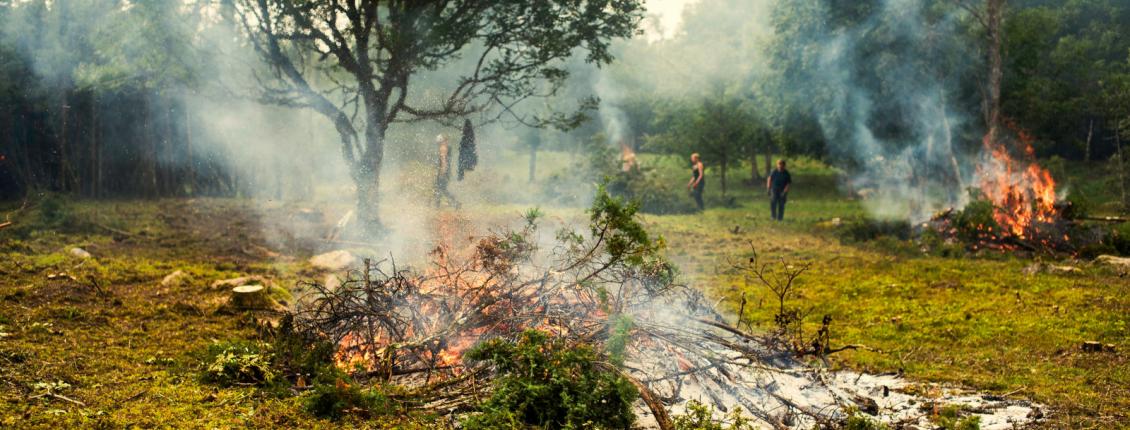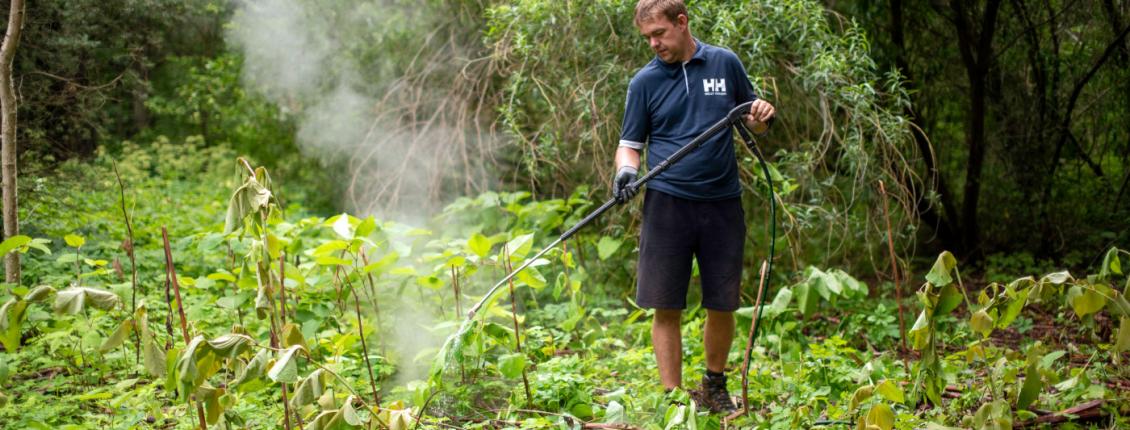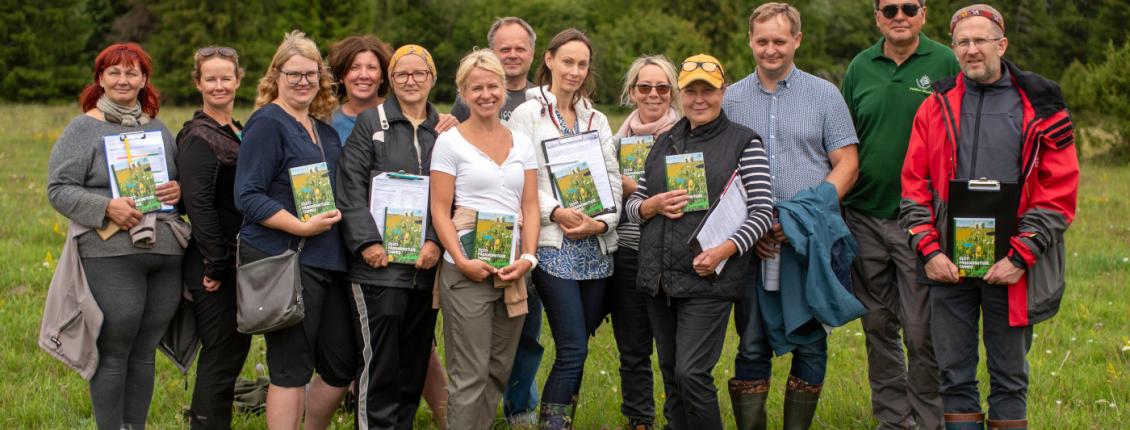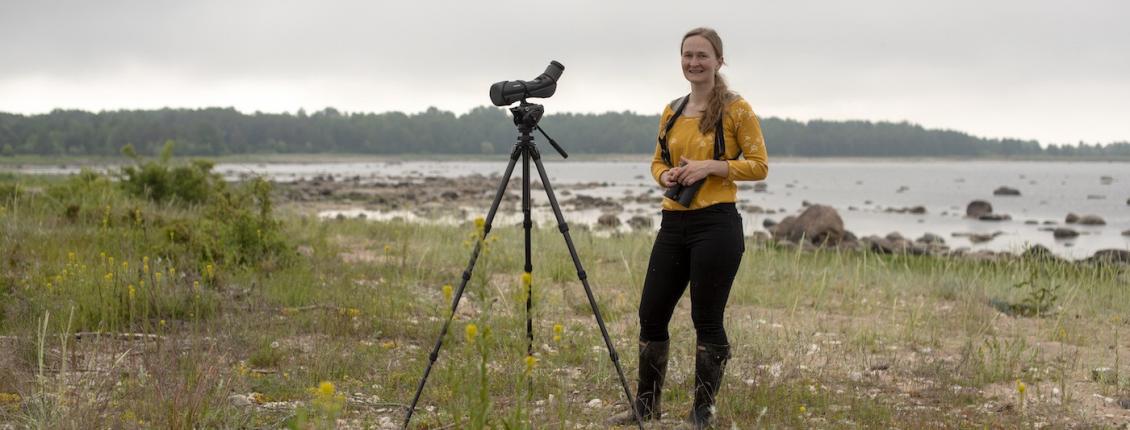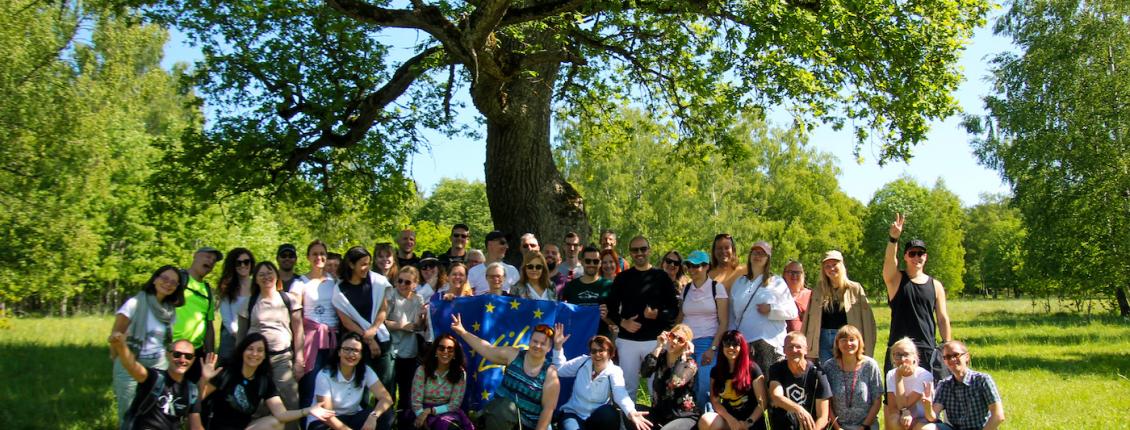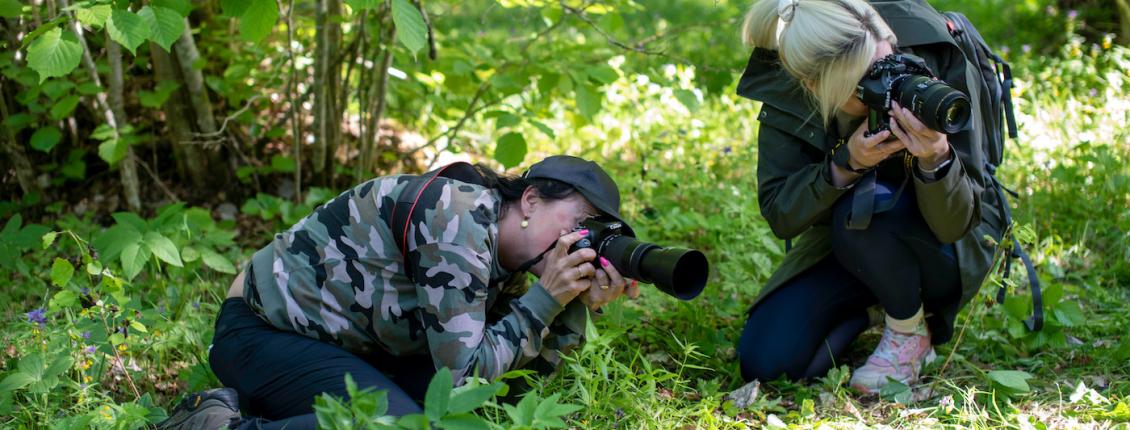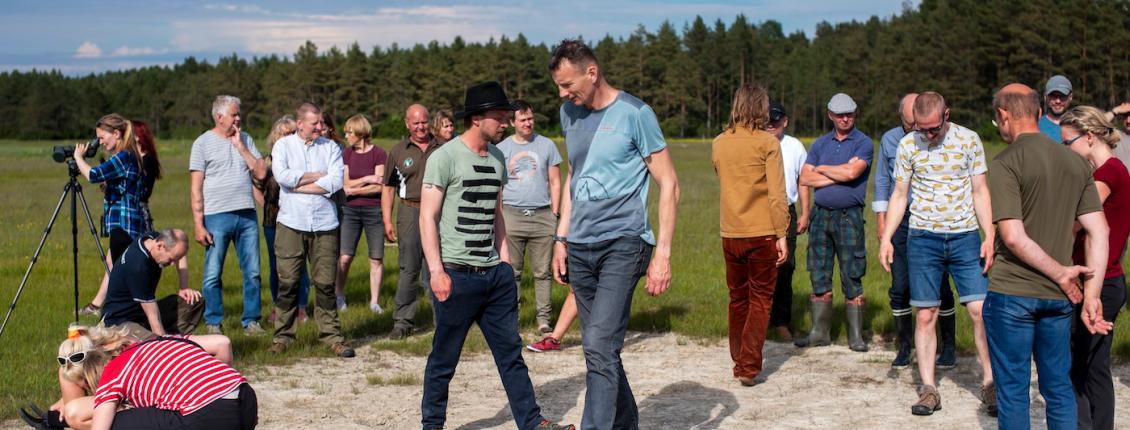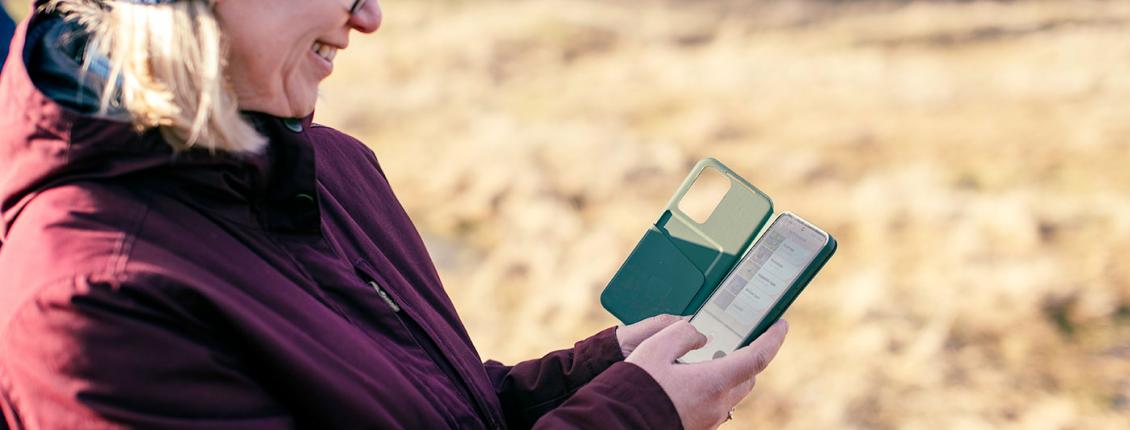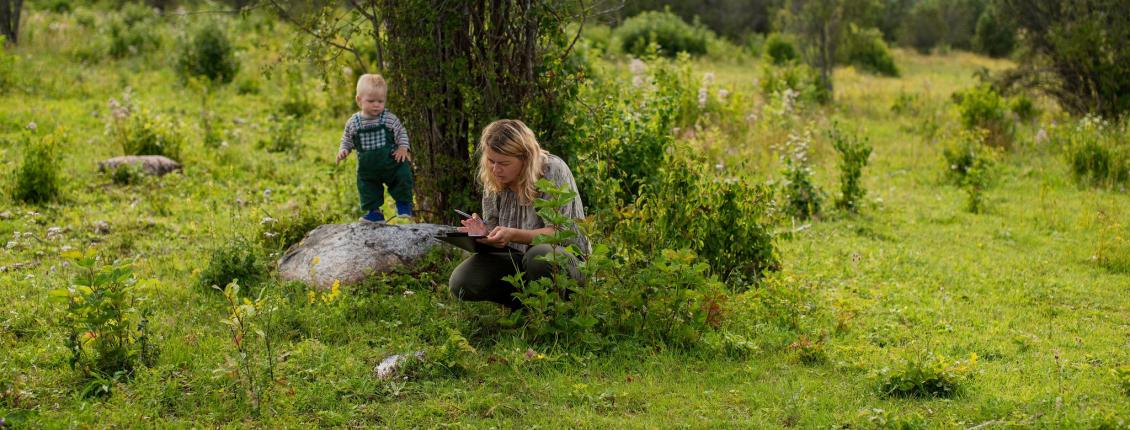September 8, 2023
Kaidi Tingas
Voluntary work for the restoration of the alvars of Kesselaid helps create area connectivity
For the fourth year in a row, the project "LIFE IP ForEst&FarmLand" has supported the Estonian Nature Foundation's voluntary work for the restoration of the alvars on the island of Kesselaid.
